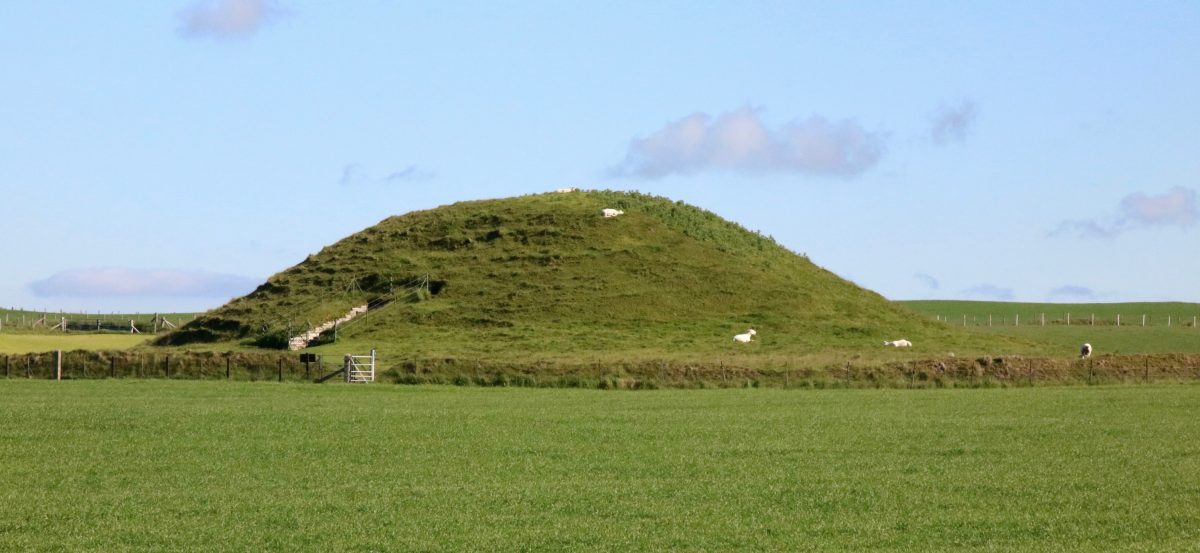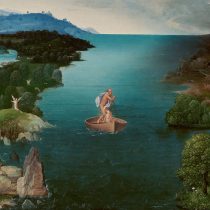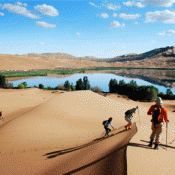A study of the Maeshowe tomb by the University of the Highlands and Islands has suggested that the side chambers of the tomb are styled upside-down, as inverted netherworlds for the dead to pass on into the afterlife.
Maeshowe is a Neolithic chambered cairn and passage grave, built around 2800 BC on the mainland of the Orkney Islands in Scotland. Maeshowe is one of the island’s largest tombs, consisting of a large mound reaching a height of 24 feet that encases a complex of passages and chambers built from crafted slabs of flagstone.
The interior contains a 36-foot-long passageway that leads to a central square shaped chamber, illuminated on the winter solstice in similarity to the grand passage tomb of Newgrange found in Ireland.
The latest research was conducted by Jay van der Reijden at the university’s Archaeology Institute, who studied communally-built dry-stone tombs – referred to as ‘houses for the dead’ given the similar layout to domestic houses.
Reijden’s results suggest that the chambers of the Maeshowe tomb were built for the deceased, by inverting the architectural design as though the chamber is within the underworld.
Jay van der Reijden said: “The wall-stones are like wallpapers, and when you repeatedly hang them upside down in distinct locations patterns become discernible. The swaps include the reversal of multiple architectural features normally placed on the right-hand side being on the left only inside the side chambers. The interpretation is that the side chambers are built to be within the netherworld, by the main chamber walls acting as membranes, separating this life and the next, and that the internal walling material is conceived to physically represent the underworld.”
Nick Card, Excavation Director of the Ness of Brodgar said: “Despite being a focus of attention since its first modern-day entry over 150 years ago, the iconic Maeshowe continues to reveal its secrets through careful and considered study. This study offers new ways of approaching and understanding the construction and use of not only this monument but has wider implications for the study of Neolithic stone-built monuments and the society that constructed them”.




